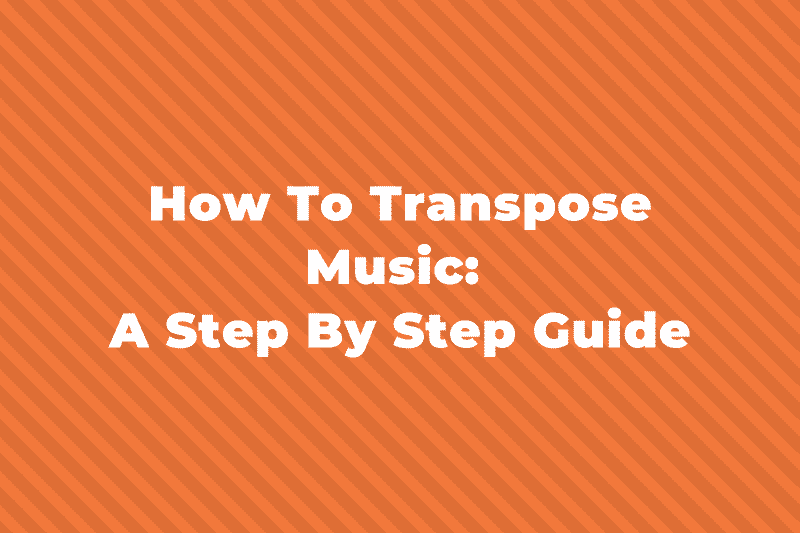If you have ever heard someone talk about music, you have probably heard them mention chords. Chords are one of the most elemental parts of music, and they are found in every single song you would hear on the radio or at a concert.
This post is about a very specific chord, called a Neapolitan Chord. What is it, and how does it function? To find out, we need to recap exactly what a chord is.
What is a Chord?
Anytime you hear more than one note being played or sung at the same time, you are hearing a chord.
Chords come in all shapes and sizes, but they all have to have at least two notes sounding simultaneously.
A chord with two notes is known as either an interval or a dyad.
A three-note chord is known as a triad.
Chords with more than three notes include seventh chords (called so because they use the 7th scale degree) or extended chords which can have five, six, or even seven notes in a single chord.

Triads and sevenths chords are almost always made out of stacking intervals of a 3rd on top of the other.
A minor 3rd is 3 semitones, and a Major 3rd is 4 semitones, and a Major and minor chord are different because the Major chord has a Major 3rd – minor 3rd stack and a minor chord has a minor 3rd – Major 3rd stack.


Definition of Neapolitan Chords
A Neapolitan Chord is a very rare and unique chord, because it is non-diatonic, meaning it is not built from any of the notes of a major or minor scale.
It is a major chord built from the flattened 2nd scale degree.
For example, in C major, the 2nd scale degree is D – so if we lower the D it becomes Db, and so in C major a Neapolitan Chord would be Db Maj.

The most common way you will see a Neapolitan chord written is in first inversion.
This means that the root note goes up an octave, and the 3rd of the chord is now the lowest note.
So instead of the flat II chord being written as Db – F – Ab, it would be written as F – Ab – Db.

Because chords in first inversion are called “sixth” chords in figured bass you will most likely see a Neapolitan written and referred to as a “Neapolitan Sixth Chord”.
You will see it notated in music both as “bII” and “N”, and if it is in first inversion it’ll be written as “bII6” or “N6”.
Harmonic Function of a Neapolitan Chord
Just like the ii chord that it shares a scale degree with, a Neapolitan chord is most often used in a predominant function, meaning it acts as a setup chord to the dominant, which then resolves back to the tonic.
Here is an example progression in C min, going from predominant (N6) to dominant (G7) to tonic (Cmin7).

Neapolitan Chords are typically found more often in a minor key.
This is because, in minor the “vi” scale degree is lowered, and therefore is the same note that would appear as the 5th in a bII chord.
In both major and minor keys, the N chord can be thought of as a chromatic alteration to either the iimin or the ivmin chords.
Examples of Neapolitan Chords
In Vivaldi’s “Summer” concerto from his Four Seasons group has an N6 chord in it, in bar 22.
The current key center is Gmin, and so the Neapolitan chord is AbMaj, but played in first inversion it’s written C – Eb – Ab.
It is also prominent in Beethoven’s famous “Moonlight Sonata”.
The piece is in C#min, and in the second half of bar 3 Beethoven plays a DMaj chord – listen for it at 0:23.
Neapolitan Chords – In Summary
That’s all of the main information to know about Neapolitan chords.
The biggest takeaway from this article is to know that Neapolitan refers to the lowered (flattened) 2nd scale degree, and builds a Maj chord from it.
We hope this post helped you learn all about “N” chords, and if you have any questions or comments let us know.



